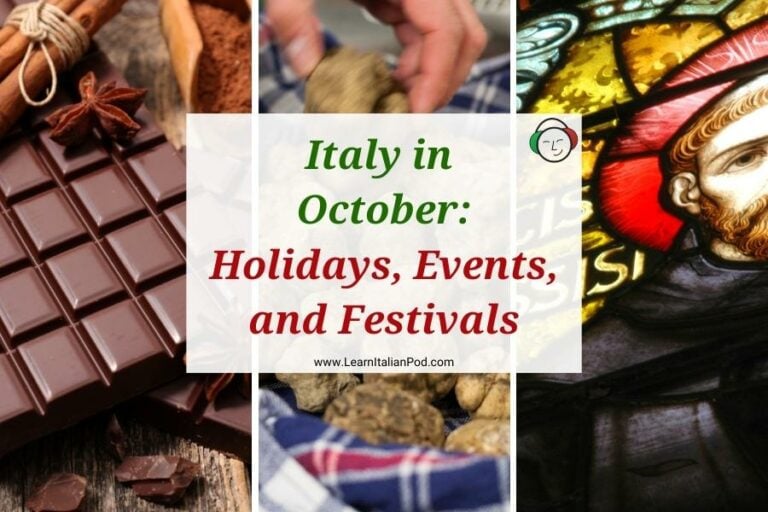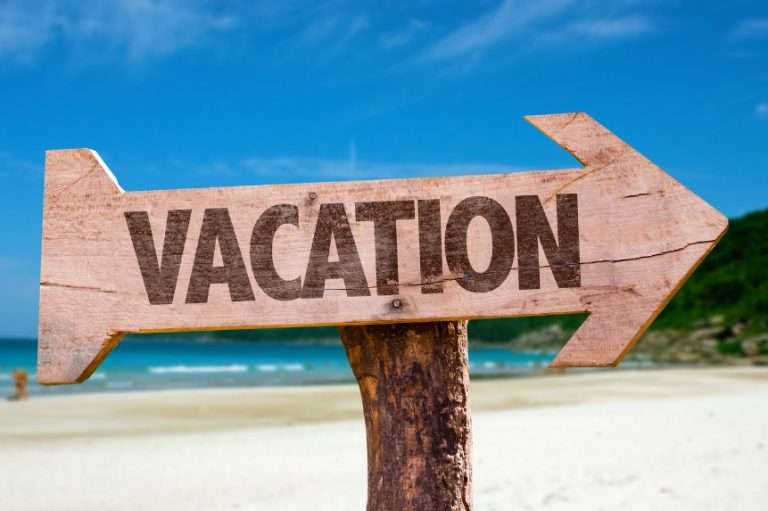10 Famous Italian Explorers Who Changed History
Here, you can find some of the most famous Italian explorers, some of the bravest men in the world, men who sailed the uncharted waters of the open seas hoping to further the interests of their country and, yes, their King.
While Portugal, England, and Spain may have had some impressive explorers in their time, some of the best were from Italy. These men used fortune as their guides and explored the world using just the wind in their sails.
1. Niccolò de’ Conti

An explorer of the Republic of Venice and an Italian merchant. During the early 15th century, de’ Conti traveled to Southeast Asia, India, and possibly the southern part of China.
After the return of Marco Polo, no records exist that would indicate that any traders made the journey to China until Niccolò de’ Conti.
2. Vittorio Bottego

Vittorio Bottego, a pioneering figure in Italian exploration, was one of the first to venture into the Horn of Africa, now modern-day Somalia, where he daringly led two significant expeditions.
In addition to his exploratory achievements, he served with distinction as an officer in the Italian army, his career marked by a blend of military and adventurous pursuits.
3. Giosafat Barbaro

Barbaro was a travel writer, explorer, merchant, and diplomat. As a merchant, he traveled on the Sea of Azov to the Genoese colony Tana.
During this time, he decided to seek the burial mound of the last King of the Alans, expecting massive riches.
He not only traveled to the Crimea but also to Russia. He was even selected as an ambassador to Persia because of his experience with the culture.
4. Pietro di Brazza

Even though di Brazza was born in Italy, he actively explored on behalf of the French.
In fact, he added so much land to the French empire in Africa that the areas of his explorations actually made up three times the size of France itself.
5. Giovanni da Verrazzano

Like di Brazza, Giovanni da Verrazzano worked in the name of the French crown. King Francis I of France sent him to explore the coast on the Atlantic between Newfoundland and South Carolina.
The King wanted to find a route to the Pacific Ocean. Both Jamestown-Verrazano Bridge and Verrazano-Narrows Bridge are named after him.
6. Giovanni da Pian del Carpine

Da Pian del Carpine is the European who managed to travel east of what is now Baghdad and return to tell about it.
Pope Innocentius the IV sent him on a mission to talk to the leader of the Mongol Empire, the Great Khan Guyuk. When he returned from his mission, he was already over 60 years of age.
7. Giovanni Caboto

Giovanni Caboto is one of the most famous Italian explorers. He was both an explorer and navigator.
Though he was born in Italy, he sailed in the name of the English crown.
It was, in fact, his discovery that provided England with its first overseas territories.
8. Amerigo Vespucci

Vespucci was a cartographer, navigator, financier, and explorer. Amerigo Vespucci made at least three voyages to the New World.
Today, he is best known for establishing that what was labeled the New World was not Asia but a new continent altogether.
9. Marco Polo

Marco Polo was an explorer and Venetian trader. When he was young, he went to the court of the Mongol Kublai Khan with his father and stayed in Asia for 24 years.
Even though missionaries and merchants were traveling from Europe to Asia at the time, there are no accounts of someone staying as long as Marco Polo did.
Suggested Read: Is Venice Worth Visiting? Your Essential Travel Guide
10. Christopher Columbus

One of the first Europeans to explore what is now known as the Americas.
Though his discovery of the New World may have been accidental, there is no denying that he is undoubtedly the most famous Italian explorer of all time.
More Italian Treasures: 20 Famous Italian Piazzas That Will Leave You Breathless







